It is the story of my Lake District life. When I do something different, it is raining. Not tiny drops, but oceans that soak me in moments. Consequently, it was no surprise, when I arrived for my first training day as a dry stone waller that the gravelled car park was filled not only with potholes, but hopefuls donning waterproofs. I was one of a dozen candidates, aiming to learn the traditional art of walling. The wall might have been dry, but the day was not.
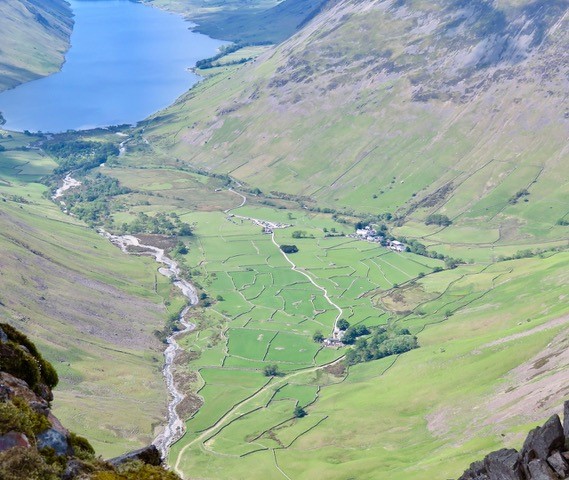
Dry stone walls have existed for at least 6000 years and are distributed worldwide. The United Kingdom alone has 120,000 miles of them, and UNESCO has added the skill to its Intangible Cultural Heritage List. The Aztecs made them, as did the Egyptians, Chinese, Africans, Irish, Indians, and many more besides. The aim of a professional waller is to make something that will last over a century. Some survive considerably longer. Not the waller, but the wall. The environment loves dry stone wallers as they never use cement.
Wallers are proud people. They like what they do. Walk a hillside with one and they will tell you as they point, “Did that! Ah! That one is mine, too.” The waller stands on tiptoe, pointing at a distant wall tracking its lazy course up a far mountain.
There are different styles of dry stone wall in different parts of the United Kingdom, although the principles are generally the same. Each region believes it makes them best. Walling is an artform, there can be no other description. Add a stone, stand back and admire, add another, stand back and gaze. It is how wallers perform. The wall’s two faces taper from bottom to top, larger stones at the base, smaller higher up, and are crowned by angled copings. Occasional throughstones protrude from side to side to bind the two faces together. Deep within are the heartings, jam-packed small stones acting as a central filler. They are critical, as without heartings a wall would tumble. Although this filler should be stone, sometimes a waller will leave oddities for others to find a century later. Bottles, coins, clay pipes, old shoes, spectacles, and even a grenade have featured. None was recommended.
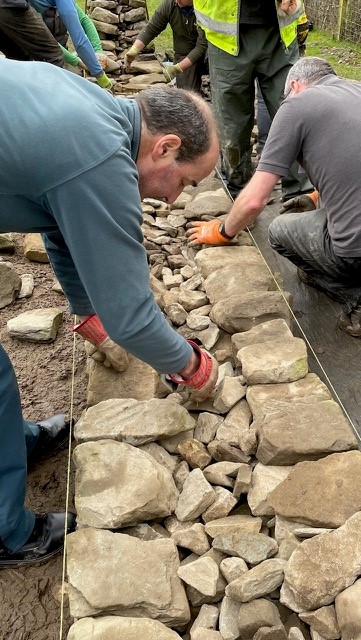
I am accustomed to futile orders, it is the ex-soldier in me, so my first instruction as a wannabee waller did not surprise me.
“See that?” said my trainer, pointing towards a stretch of Lakeland wall.
I nodded.
“Take it down,” he ordered.
“Then what?” I queried.
“Put it back up.”
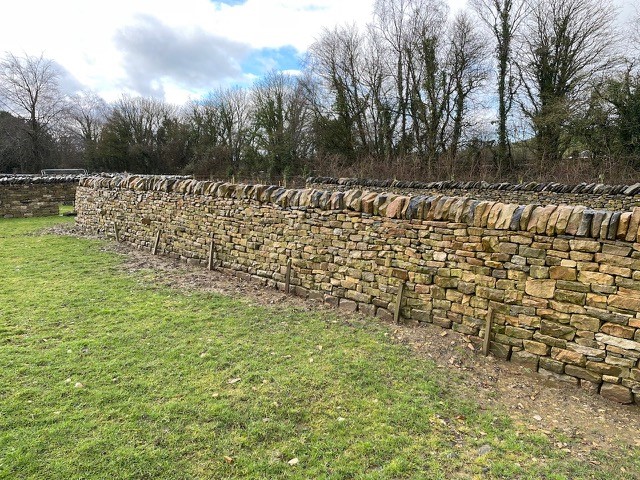
Which I did, at least 12 of us did. Six hours later we were delighted with the result, although I doubt our trainer would agree. I left a sock as a hearting, for the next waller to find.
There is a competitive side to walling, as a waller will stop at every wall they pass, to offer judgement. Walls made by the waller are usually perfect, those made by others are not.
“Look at that running joint!” a waller once exclaimed as we walked a boggy Lakeland fell. The dry stone walls each side of us were covered with moss and lichen, and looked set to stay, although there was one portion looking precarious.
A running joint, for non-wallers, is a continuous, vertical crack through several layers of wall and a feature of instability.
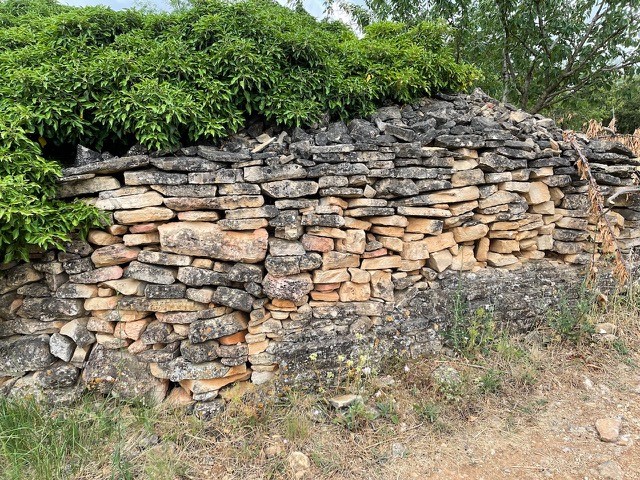
“The wall won’t last a second,” said the waller, as we went on our way.
All I could do was nod.
There is cheating, too. When wallers wall, they place the stone ready to use behind them. Wallers will often work in pairs, one each side, chatting as they go. There is never a shortage of conversation. But with natter comes relaxation, guard is lowered, and so the cheating begins.
As a waller twists to retrieve a stone before lifting it into position, their back is turned, and a colleague can seize the occasion – definitely carpe diem. Heartings are moved and stones are tilted, so by the time the waller faces forward, stone in hand, the colleague is sweet innocence.
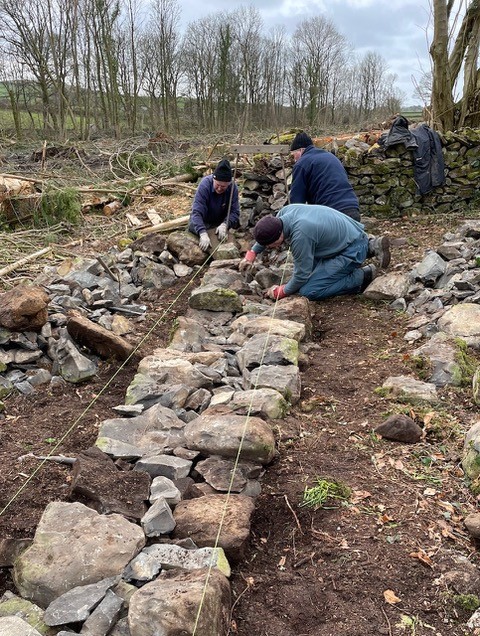
Wallers rarely agree. One stone, six wallers, and six opinions are assured.
“Twist it round,” says one.
“Wrong way,” says another.
“Too big, too small, not sure, upside down,” declare the remainder.
Traditional dry stone walling may be competitive, challenging, even confusing, but as an artform is timeless. For a wall to last a hundred years, and that is the ambition, perfection must be achieved. What else can one do that will survive a century?
The world may forget, society may forget, but a wall will remember, long after I am gone.
Should you decide to become a waller and help give the environment a boost…
Further information
Dry Stone Walling Association
Westmorland County Showground, Lane Farm, Crooklands, Milnthorpe, Cumbria, LA7 7NH
Tel.: 015395 67953
Web: www.dswa.org.uk
Email: information@dswa.org.uk
The Dry Stone Walling Association (DSWA) was established in 1968 and is a registered charity that works to advance education in the craft and heritage of dry stone walling for the public benefit. Anyone (within reason) can become a member. The national office is in Cumbria and there are 18 regional branches throughout the United Kingdom. For certification, you start at Level 1, and progress through Levels 2 and 3, to become a Master Craftsman, with assessments on the way. Try a beginner’s course first.
Suggested reading
(i) Wikipedia (Dry Stone): https://en.wikipedia.org/wiki/Dry_stone
(ii) How to build a drystone wall (National Trust): https://www.nationaltrust.org.uk/features/how-to-build-a-drystone-wall
(iii) Selection of free downloads at: https://www.dswa.org.uk/leaflets/, including:
- Technical specifications for dry stone walls
- Technical specifications for simple retaining walls
- Brief guide to inspecting dry stone walls
- Notes on building a cairn
- Geology for wallers











